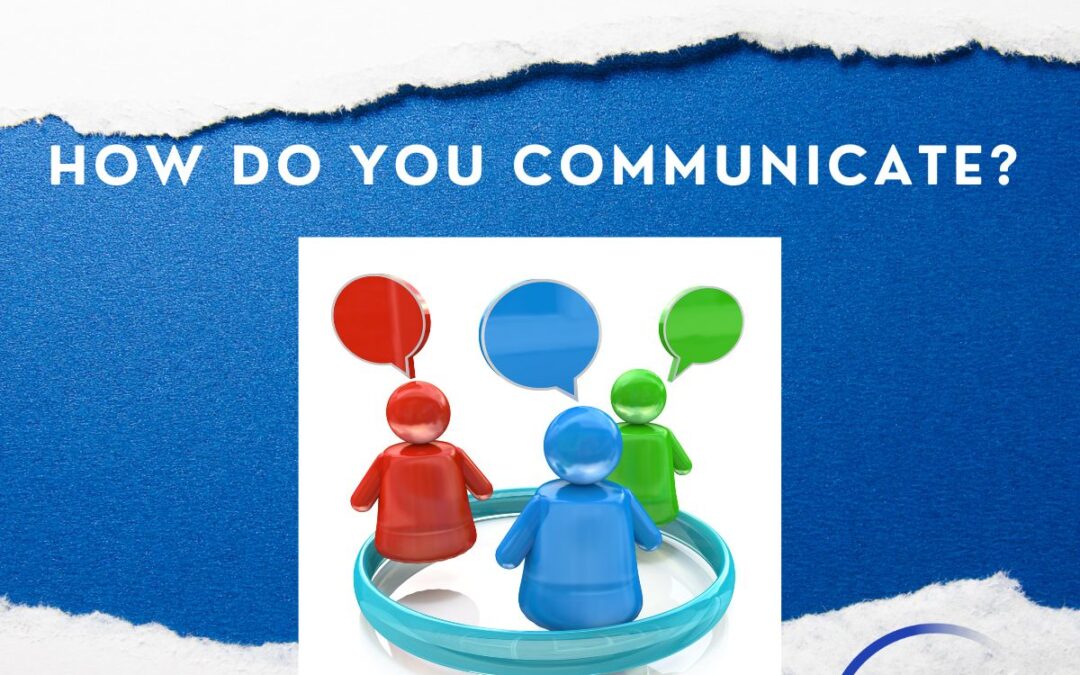We all know effective communication is the key to successful leadership and teamwork. But what we might not know is that understanding how to adapt your style to match those you interact with can transform your relationships and drive results. The DISC profile—Dominance, Influence, Steadiness, and Conscientiousness—provides a framework for understanding different communication styles and tailoring your approach for maximum impact. Do you know what your DISC profile is? Let’s look at each DISC quadrant and discover strategies to communicate more effectively with others.
What is DISC?
The DISC model is a behavioral assessment tool that categorizes four primary personality types based on things like communication preferences and work styles. By recognizing these styles, you can enhance your ability to connect, influence, and collaborate with others. This personalized approach to communication not only improves interactions but also boosts team performance and satisfaction. Understanding DISC helps you decode what drives individuals and how to engage them more effectively, leading to stronger professional relationships and more successful outcomes. Keep in mind that we all have a preferred natural style, and an adapted style depending on the circumstances. We also tend to have all 4 of these quadrants in us, so not one is preferred over the others!
Dominance: The Go-Getters
Individuals with a Dominance (D) style are characterized by their assertiveness, decisiveness, and focus on results. They thrive in environments where they can take charge and drive initiatives forward. When engaging with D personalities, aim for directness and efficiency. They value straightforward communication and are less interested in small talk. Your message should be clear, concise, and centered on achieving goals.
Tips: Focus on Outcomes
-Highlight how your ideas or proposals will impact the bottom line or solve specific problems.
– Be Brief and to the Point: Provide only essential information and avoid unnecessary details.
– Embrace Challenges: Show that you are prepared to tackle obstacles and deliver results.
Example: When presenting a project update to a D-type manager, emphasize the key achievements and the remaining milestones without diving into minute details.
Influence: The Relationship Builders
Influence (I) types are outgoing, enthusiastic, and excel in building networks and relationships. They are motivated by recognition and thrive in collaborative environments. To engage with I personalities, infuse your communication with energy and warmth. They appreciate personal connections and stories that illustrate your points.
Tips: Focus on People
– Engage with Enthusiasm: Use an upbeat tone and positive body language to connect.
– Share Stories: Illustrate your points with anecdotes and examples that highlight benefits and successes.
– Show Appreciation: Recognize their contributions and celebrate team achievements.
Example: During a brainstorming session with an I-type colleague, share success stories related to the project and acknowledge their creative input to foster a collaborative atmosphere.
Steadiness: The Dependable Team Players
Steadiness (S) individuals are known for their patience, reliability, and supportive nature. They prefer stability and a steady pace, valuing harmonious work environments. Communication with S personalities should be empathetic and reassuring. They appreciate thorough explanations and a consistent approach.
Tips: Focus on Reliability
– Build Trust: Be sincere and consistent in your interactions to foster a reliable relationship.
– Provide Detailed Information: Offer comprehensive explanations and be patient with their questions.
– Avoid Rushed Decisions: Give them time to process information and make decisions at their own pace.
Example: When introducing a new process to an S-type team member, provide a clear, step-by-step guide and offer ongoing support to ensure they feel comfortable and informed.
Conscientiousness: The Analytical Experts
Conscientiousness (C) types are analytical, detail-oriented, and value precision. They prefer data-backed information and structured communication. When dealing with C personalities, ensure your communication is well-organized and supported by factual evidence.
Tips: Focus on Attention to Detail
– Present Data Clearly: Use charts, graphs, and detailed reports to support your points.
– Be Precise: Avoid generalizations and ensure your information is accurate and well-organized.
– Follow Through: Be prepared to answer questions and provide additional details as needed.
Example: In a meeting with a C-type executive, provide a detailed report with data analysis and be ready to delve into specifics to address any concerns or queries.
Identifying the art of communication involves understanding and adapting to the diverse styles of those around you. By leveraging the DISC profile, you can enhance your interactions, foster better relationships, and drive more effective outcomes. Recognizing and adjusting your approach based on the DISC types of your colleagues and clients not only improves your communication but also boosts overall team performance and satisfaction. Embrace these strategies to become a more effective communicator and leader in your professional journey!
Can you recognize what your preferred DISC profile is? How about those that you communicate closely with? What are your thoughts on changing your communication style to match the needs of others? I’d love to hear from you. Like or share this article with someone you think might enjoy it. Find me on social and let’s continue this conversation!
#EffectiveCommunication #LeadershipDevelopment #DISCProfile #ProfessionalGrowth

